How to identify concrete distress in a visual inspection report,
Concrete distress refers to the deterioration and decomposition of concrete due to environmental conditions,
endogenous internal influences, and exposure to commissioning and testing services.
Concrete may suffer from several types of problems, such as delamination,
chalking, cracking and flaking, which must be accurately described and identified in the visual inspection report.
This helps engineers and contractors choose the right repair materials and follow proper procedures.

How would you describe concrete distress in a visual inspection report?
1. Chalk
A loose powder that forms due to disintegration of a concrete surface or the application of a coating such as cementitious paint.
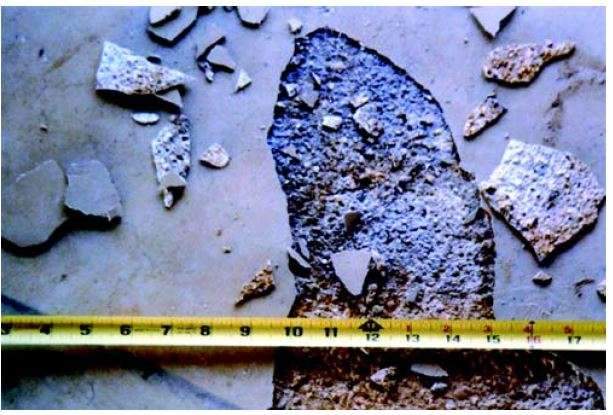
2. Curling
Distortion of the concrete block from its original shape,
such as warping in a slab due to differences in temperature and moisture content in adjacent areas of the opposite face.
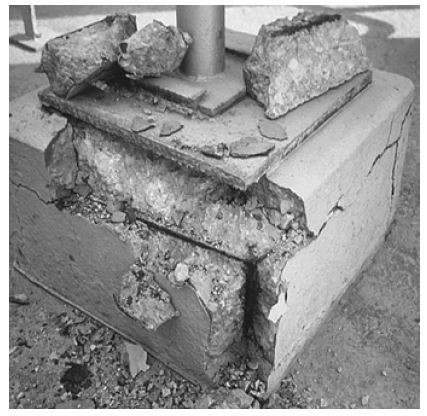
3. Deflection
Deflection is the movement of a point on a structural element with respect to the reference axis,
measured as linear displacement.
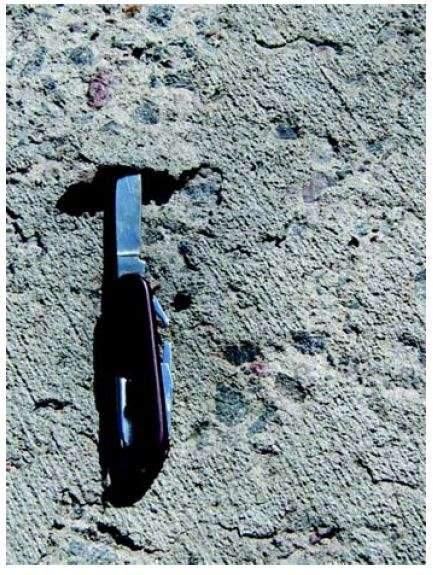
4. Distortion
Distortion is a change in the shape or dimensions of a tangible organ.
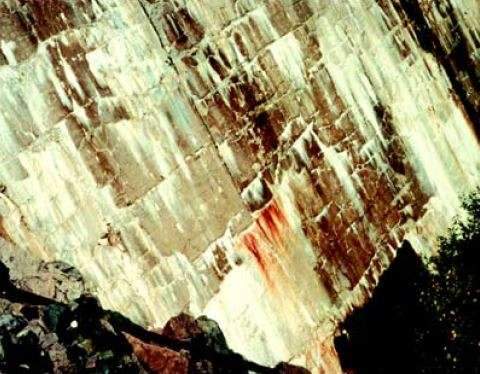
5. Unloading
Unloading is the separation of concrete along a plane parallel to the surface.
It’s similar to peeling, but it affects larger areas.
Drag or chain drag can be used to detect the crumbling of concrete.
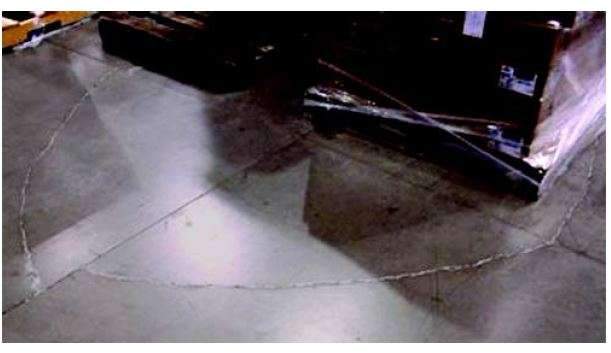
6. Dissociation
Disintegration is the reduction of concrete into small fragments and eventually into particles due to abrasion,
cavitation, biological attack, and chemical attack.
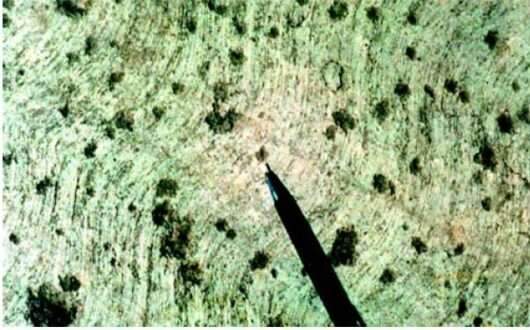
7. Drummy District
The drum area in the concrete structure emits a hollow sound under the concrete layer due to the void,
which is caused by poor uniformity or unloading.

8. Inflorescence
Efflorescence is a white salt that forms on a concrete surface.
The salt solution within the concrete or masonry moves to the surface,
which precipitates due to a reaction such as evaporation of carbonation.

9. The aspiration
Exudation is the discharge of a liquid or viscous, gel-like substance through a hole,
crack, or opening in the concrete surface.

10. Exfoliate
Peeling is the dissolution of concrete by peeling off in a successive layer, swelling,
and opening onto a plate or sheets like a partially opened book.

11. Common shortcomings
Common deficiencies include splintering, cracking or loosening of the concrete adjacent to a sealing joint, causing the joint to open,
Joint leakage due to fluid movement through the joint,
and joint fault due to differential displacement of a portion of the structure along the joint.

12. Leakage
Seepage is the migration of contained materials such as liquid and gas through concrete.

13. Flake off the mortar
Slurry flake is a form of scaling over coarse aggregate.

14. Exfoliate
Peeling is the loosening of thin flakes of mortar from the concrete surface due to deterioration or adhesion of the slurry to the formwork during the flaking process.

15. Cavity
Caving is the formation of fairly small cavities on a concrete surface,
i.e. localized disintegration such as pop and localized corrosion appearing as micro-cavities on the surface of the concrete.

16. Popout
Popout is the separation of a small portion of a concrete surface due to local internal stress that creates a shallow depression,
usually conical in shape with coarse aggregate broken at the bottom.

17. Sizing
Scaling is local scaling or peeling away from the near-surface portion of hardened concrete or mortar,
and is classified as light, medium, severe, and very severe scaling.
For more architectural news


 العربية
العربية